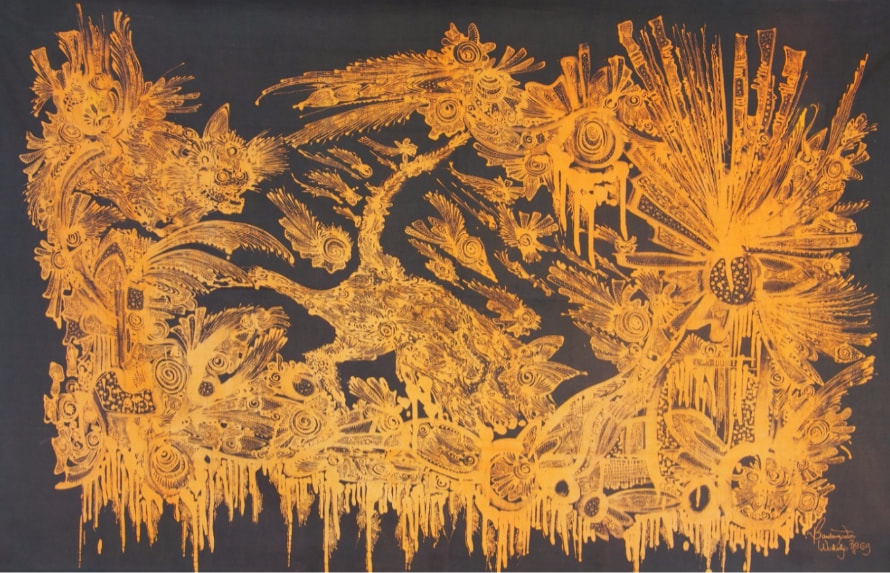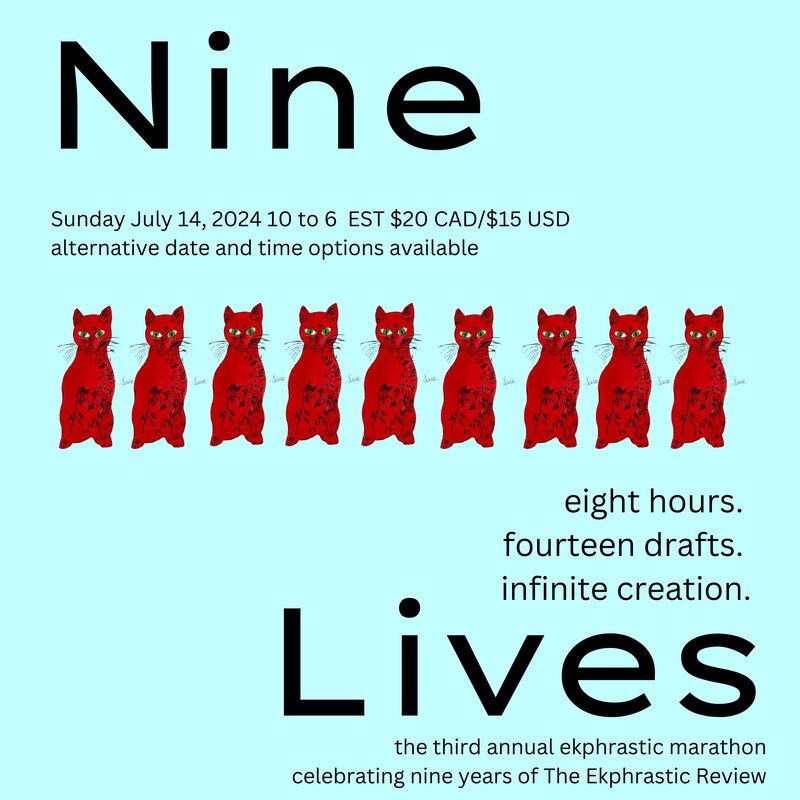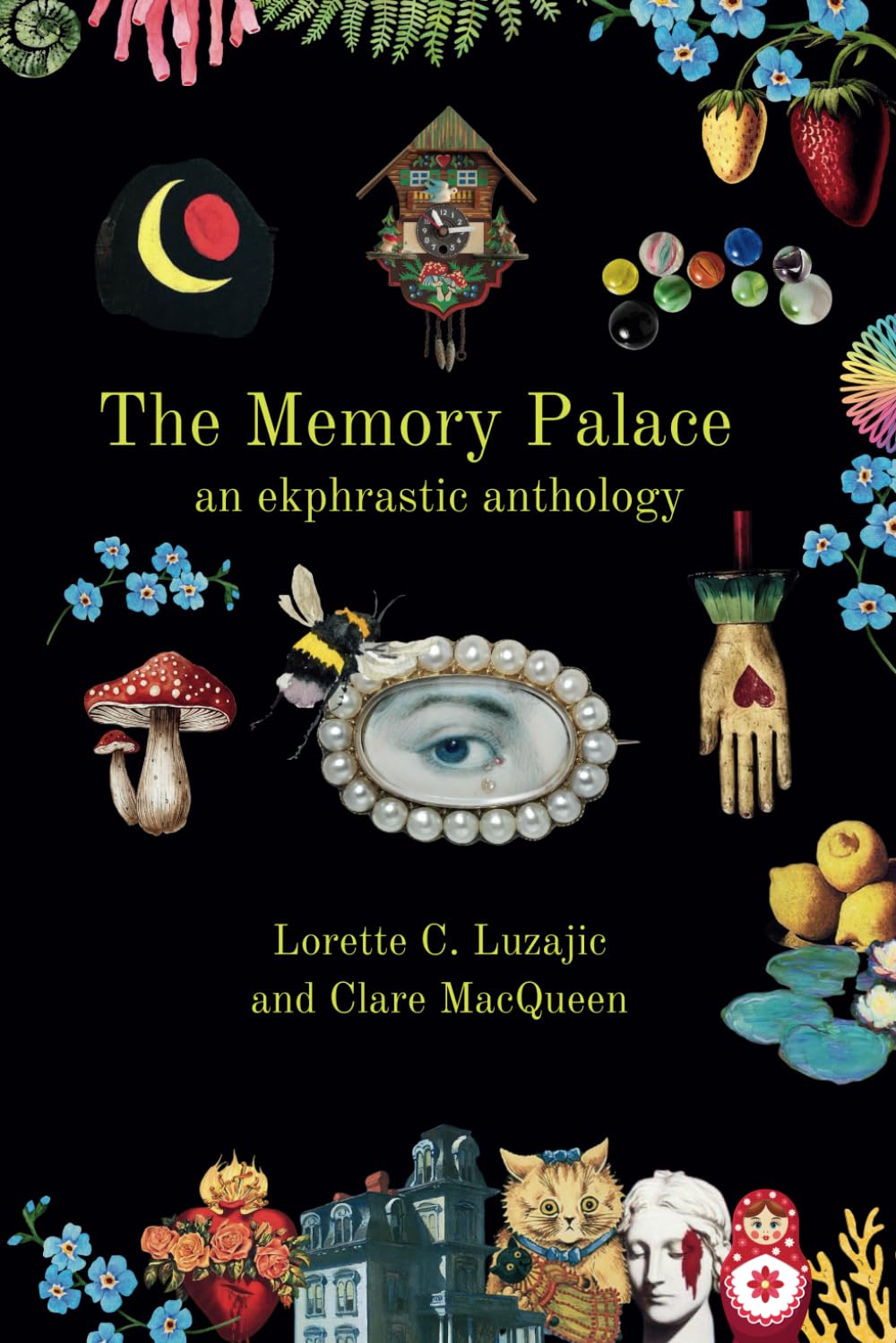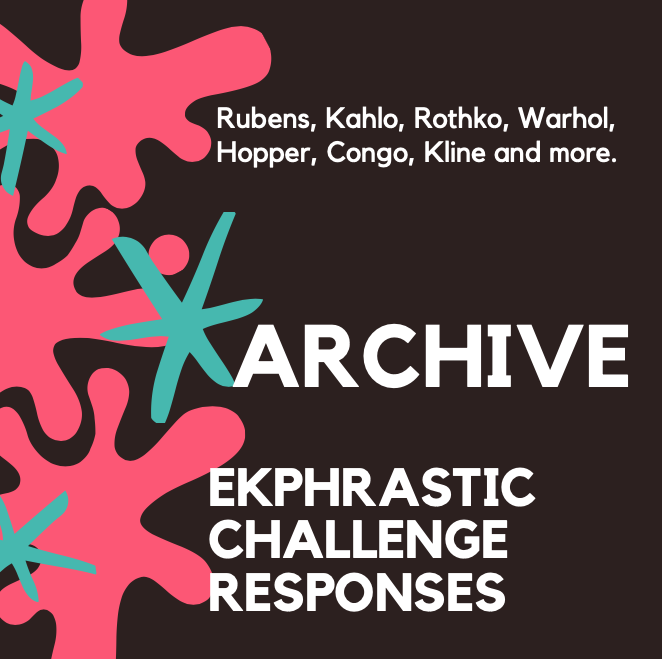|
Unpacking the Batik Painting When I returned from Indonesia in January of 1970, my house in Kota Belud, Sabah, Malaysia smelled musty. Mold grows quickly in North Borneo when rooms are left closed and unaired, and I had been away during almost two months of school vacation. I had completed over half of my two-year assignment as a Canadian volunteer teacher at Kota Belud’s secondary school. I really missed Rebecca, my traveling companion in Indonesian. Before flying to Singapore, I had dropped in to see her at her school in Sarawak and invited her to join me in Central Java, after her classes ended. I had been somewhat surprised by her spontaneous acceptance. I played my new Bob Dylan LPs on my little record player—“Girl from the North Country” and “Lay Lady Lay.” The songs brought back my time with her. While the music played, I unpacked and sorted my belongings. I took out the only cultural memorabilia I had collected along the way, a batik cloth painting purchased in Indonesia, which I unfolded and tacked to the living room wall. It was bright yellow-orange on a black background—more shocking than I’d remembered—with the artist’s name and date inscribed in the bottom righthand corner: “Bambongodoro Wokidjo 1969.” As I stared at the painting, the whirling ceiling fan caused it to shudder and come to life. Its intricate elements rippled, stirring up my experiences during the past few weeks. The four-legged beast at its center, lurched downward. Another beast’s head, emerging from the upper left, had cat-like whiskers and scary eyes, but both had ears like delicate butterflies. Strange fish-like creatures with ornamental tails flew in the dark sky. Detached eyes and volcano-like formations erupted in winged patterns. Streams of a blood-like lava oozed downwards. The whole scene flowed counter-clockwise, chaos emerging into a kind of symmetry; pockets of stars pulling me inwards towards black spaces of unpacked memories. *** Just a few weeks earlier, I had been lying on a straw mat on the deck of a freighter, gazing at the stars. I could see the Southern Cross near the horizon. European explorers of long ago, the first to venture into the southern hemisphere, discovered this constellation as guidance in navigating these waters, where they could no longer sight the North Star and Big Dipper. For me, as for them, it was a beacon in the night sky, inviting me southwards into the unknown. The all-Indonesian crew had fed me well and seen to my bedding needs. I only needed a sheet over me with a light blanket on standby. I grew sleepy, rocked by the waves of the South China Sea meeting the Java Sea. A warm breeze blew off Sumatra towards Borneo, enveloping me. In the morning, the sweet smell of clove-scented cigarettes woke me, almost certainly Dji-sam-soe 234, the most popular brand in Indonesia at the time. I got up to view our progress from the bow. We had left Singapore the previous morning and were now well south of the equator, bound for Tanjung Priok, the port serving Jakarta, Indonesia. As we sailed further south, I got to know the freighter’s crew. I had started to converse with them in my basic Malay the day before. Malaysian and Indonesian are derived from the same root language but some words have different meanings, providing puzzlement and humour in our exchanges. Before we reached the port, I took a group photo of the crew and exchanged addresses. They asked me where I would be staying in Jakarta. They became concerned with my answer, “Saya tidak tahu,” I don’t know. For them, only vagrants or homeless people wouldn’t know where they were going to sleep. To reassure them, I told them I had the address of a youth hostel in Jakarta, which a traveler in Singapore had recommended. The ship docked in Priok and we said our goodbyes. I walked towards a group of bemo drivers, all competing for my attention. Bemo are three-wheel scooter taxis for longer distances. I took the first one and showed my driver the hostel address. We were off with much smoke and fury, an unpleasant contrast to the pure sea air I had just left. Jakarta was a city of chaos. Driving an ordinary car through this confusion would have been a very specialized job. My bemo hit a wall of bechak, trishaws in which passengers sat in front, as if it was their duty to act as buttresses to oncoming traffic. When I arrived at the youth hostel, I met a student, Jamil, a handsome guy in his early twenties. He introduced me to Jamsudin, the more senior of the two. I couldn’t really figure out who owned the facility or how it ran. They didn’t have a register; in fact, they didn’t assign a specific room to me. I don’t recall meeting any other guests, but when I asked them where I could sleep, I was taken to a poorly-screened verandah at the back, where they showed me an old wooden door resting on two sawhorses. I was careful not to show any disappointment; after all, how could a poor traveler look such “gift horses” in the mouth? They didn’t provide a mattress, not even a pad, nor a mosquito net. At least I would be dry in case of rain, I thought to myself. In the evening, we went out together to a night market for some curry and rice. The market was filthy, garbage strewn all around. I was sure I would get diarrhea from this hospitality but I felt compelled to accompany my friendly hosts. I probed a bit into what it was they did, what they were studying, and where they came from in Indonesia. They told me they were both from Jakarta, itself, but remained vague about their activities. They briefly mentioned the 1965-66 right-wing coup and revolution the country had gone through, but I couldn’t figure out their opinion of or role in this upheaval. After eating, we wandered through the streets and they took me to a one-story house surrounded by a wall. It was full of young Indonesian girls. At first, I thought they were sisters or cousins. We joked and laughed and drank some beer with them and the older “aunty” who was present. We sat on some plastic chairs in the outside hard dirt compound and passed around a joint of marijuana, called ganja. I got a little high. In spite of my state, or perhaps due to my increased acuity, I soon realized it was a brothel and that I was being matched with one of the “sisters.” She was just as attractive as I was sexually frustrated. Besides, I felt I couldn’t refuse my new friends’ hospitality, lest I offend. Jamil and Jamsudin also went off to separate rooms with a couple of girls. It seemed like they were just following a frequent pattern. Making love with this girl was mechanical and unfulfilling. It was over in a minute and I was out of there. As I emerged, I immediately regretted it. The brothel didn’t have any condoms and I wasn’t prepared. I knew I could get gonorrhoea or some other sexually-transmitted disease from this encounter. I can’t remember who paid—probably my new friends. My own payment was yet to come. When we returned to the hostel, I told Jamsudin and Jamil that I was tired and would go to sleep. Jamil casually said, “You’re safe with us.” In unison they suddenly brandished their pistols, grinning ear to ear. Alarm bells rang in my brain. What had I gotten into with these guys? I could have kicked myself for being so naïve. Most law-abiding people didn’t own handguns in Malaysia or Canada, and I doubted if they were allowed in Indonesia. Since it was too late to find other accommodation and probably too dangerous to go out alone in the dark, I kept my cool and went to my “room and board.” That night, different scenarios darted around in my head as I drifted in a state of semi-consciousness with the sounds of Jakarta traffic, the scuffles of distant dogs, and the drone of mosquitoes penetrating the warm, polluted air. Towards dawn, roosters warned me more than thrice. Signs of my impending doom? At the time, open wounds remained on the land and Indonesia’s psyche. Only three years had passed since a band of rightwing generals had overthrown President Sukarno’s nationalist government. With the help of the CIA and State Department, the American military had educated and trained these rebels who were led by General Suharto. He had taken over as President. Clearly, Sukarno had been too nationalistic, too leftist, and too friendly with Communist China for American tastes in an era when the “Domino Theory” was still in vogue. Americans believed that if Vietnam was lost to Communism, the rest of Southeast Asia would follow suit. The assassination of six rightwing generals by Sukarno’s supporters in the Indonesian army led to counteraction from the right, pitting opposition parties, anti-communists, and right-wing Muslims—including militant youth groups—against the Indonesian Communist Party (PKI) and its national apparatus from the top down to the village level. Terrifying beasts lurched through the land. Many people were accused, rounded up by gangs, and imprisoned without trial. Between half a million to a million men, women, and children were shot, decapitated with swords, or hacked to death with long knives, called parangs. Village forces, in consort with the paramilitary Komando Aksi, executed people in a systematic way, bringing thirty to fifty victims at a time to designated places, often riverbanks, to be slaughtered like cattle or goats during the night. The rivers of Indonesia flowed with blood, body parts, and the putrid remains of corpses. Only a scourge of crickets sang about these deadly deeds. Most people remain silent to this day. In the morning, Jamil and Jamsudin offered me a breakfast consisting of egg curry with roti, a flat pan-fried bread. They seemed quite normal, with no signs of hostility or intention to harm or rob me. I didn’t know a lot about the situation in Jakarta, but I concluded there must still be active factions within the student population and their pistols were some sort of insurance. For the next couple of days, I explored the city, staying out long enough in the evening to avoid being pressured to return to their brothel. I had a few meals in a modern hotel, a little too expensive for me, but I couldn’t afford getting sick. Jakarta was a dingy, dirty, disorganized place—garbage strewn everywhere. The water in its canals moved ever so slowly through cesspools of paper, plastic bags, feces, dead animals, offal, and oil. After three nights with Jamil and Jamsudin at the student hostel, I took a morning train to Yogyakarta in Central Java, a scenic ride which cleansed my mind of the grime of Jakarta. Rebecca, coming from Sarawak via Singapore, flew into Yogyakarta airport. She was attractive, cute actually, with short dark hair and long legs—taller than most Indonesian men. She also looked fit and able to take care of herself. But at the time, it was considered unsafe for women—especially Western women—to travel alone in Indonesia. Many Indonesian men generalized from the behaviour of female film stars in Hollywood movies and assumed Western women were loose and available. Our first destination was Mount Merapi, a name which means “the one that makes fire” in old Javanese. It’s an active volcano in Central Java near the City of Yogyakarta. Merapi erupts, on average, every five years, according to records dating back to the 1500s. The last eruption had taken place five years before our visit, but we were told there would be signs if it wasn’t safe enough for us to explore with a guide. Looking down from the top of the crater, the cauldron radiated much heat and stank like rotten eggs. The boiling orange pot and shooting streams of lava reminded me of the volatility of this country. The killings in some parts of Java had only ended a year before our visit. After descending from the crater top, we took a taxi to the nearby ancient Buddhist temple complex of Borobudur. We carried a tourist brochure with us—“Borobudur Temple Compounds”—to understand the layout and history. The temple had been built during the 8th and 9th centuries C.E., after Eastern Indian traders and missionaries brought Mahayana Buddhism to the island. But volcanic eruptions had necessitated moving the seat of the empire, and gradually, the temple complex was covered by volcanic ash and then jungle, lost to memory with the coming of Islam in the 1500s. The Dutch completely unearthed it by 1835 and the work continued during our visit by the Government of Indonesia. I had purchased some ganja from Jamil in Jakarta (one of his income-generating sidelines, I concluded) and decided to bring it along for our excursion. We smoked some before we entered the temple complex, a giant hill of elaborately carved stone. Borobudur’s floor plan is like a huge mandala, a physical representation of the spiritual universe. Pure symmetry. For a couple of hours, Rebecca and I wandered in silence, feeling at peace. The stone reliefs spelled out the law of karma, the birth and life of Gautama Buddha, and his search for enlightenment, which I had studied. We progressed from kamadhatu, “the world of desires” to rupadhatu, “the world of forms,” finally arriving at arupadhatu, “the formless world.” I knew that the Buddha’s final destination was the ocean of nirvana, a pure, liberated state, void of self; however, this was the first time I had experienced these ideas without the encumbrance of analytical thought. For a couple of hours, we floated, thankfully without a guide, meandering through the many statues and stupas until nearly sunset. These experiences brought Rebecca and me closer. We talked and laughed a lot, comparing our boring North American culture to this exotic place. We sat close together while taking a bus back to our hotel in Yogyakarta. We were both hungry and went out to eat and to shop. It was then that I impulsively bought the batik painting at a local art store. It was in the shop that a new kind of “volcanic eruption” began. I had felt mild pings of pain during the day, but now the wicked beasts of gonorrhoea had come down upon me, a full-frontal attack. Rebecca and I were sharing the same hotel room, and as we exited the shop I confessed my problem to her. She was really cool about it, kind of matter of fact. I took her back to our hotel in bechak, and then told the driver to take me to a clinic. The Indonesian medical staff I met were equally cool. They knew the symptoms well—just jabbed me in the rear with a shot of penicillin, and sold me a course of penicillin pills to take for the next ten days. In the meantime, they told me to avoid sex. This was a very depressing development for a young man traveling with a beautiful woman. I knew Rebecca had another guy on her mind, but before my embarrassing situation arose, I was privately wondering if she might want to make love with me. I had really blown it. How stupid could I be? Fortunately, she didn’t express any disgust, just laughed it off. I had to become Buddha-like and quell my passions—focusing on talking and enjoying the architecture, art, food, and people of the land in which we were temporary guests. From Yogyakarta, we traveled by train to Surabaya, took a bus to Ketapang, and a quick ferry to Gilimanuk on the island of Bali. We rode on the back of a truck to Denpasar, where we stayed in a very cheap guest house on the beach. We swam and walked, searching for sea shells. Our visit took place long before major hotel chains and package tours invaded Bali. Food was very affordable and tasty; people friendly and welcoming, no hustling or pressure to buy. It was a “take it or leave it” place: “Do join us but please don’t disrupt our way of life.” The appearance of the land belied Bali’s turbulent history: Early humanoid migration followed by Austronesian peoples seeking its rich volcanic soils for their rice and fruit trees; Indian traders and missionaries; the establishment of Hindu and Buddhist kingdoms; the arrival of traders from China; and centuries of domination by Javanese and Muslim sultanates. Then, in the early 1800s, and in quick succession: the Dutch alongside the French, the English, followed by the Dutch again in 1816. During the next century, the Netherlands gradually consolidated their control over the whole Indonesian archipelago, including Bali, where they fought local rulers under the pretext of controlling the smuggling of arms, opium, and slaves. Then, Japan invaded in 1942 and carried out equally brutal occupation policies. Bali, along with the rest of Indonesia, was returned to Dutch control in 1945, when the Japanese were defeated. But by then the people had suffered enough and they reignited their anti-colonial struggle in-earnest, finally gaining independence within the Republic of Indonesia in 1949. However, the island was not saved from the horror-filled, anti-communist killing spree that had decimated Java and Sumatra during the years of 1965-66. This violent history mirrored Bali’s many layers of volcanic soil. In 1963, Mount Agung had exploded after a hundred years of slumber, destroying many villages, and killing more than a thousand people. At least twenty-five significant volcanoes were still active at the time of our visit. Rebecca and I rented a motorcycle and ventured into the volcanic hinterland by day, visiting vibrant villages and Hindu temples, both old and new. People smiled and waved, including confidently bare-breasted women surrounded by multi-coloured flowers and birds, palm trees, and ferns—visions of the Garden of Eden before the fall. Children, we remarked, seemed to be everywhere—an overabundance of human fertility too. We were reluctant to leave Bali when our time was up, but boarded a flight to Singapore. I completed a large counter-clockwise circle of over 2,000 miles (3,218 km) —from Singapore to Jakarta, through Java to Bali, and back to Singapore again. By that time, I had also completed my course of penicillin and the beasts within me had been quelled. During that last night, Rebecca and I finally made love, the climax—so to speak—of a memorable, if somewhat frustrating, journey. I didn’t know then, and never found out, what her motives were. Did she feel anything more than friendship for me? Had our relationship grown to the point where she was forgetting about the other guy? Afterwards, I felt that night may have been only a reward for my role as a good traveling companion—just a pat on the back. The next day, I boarded another flight to Kota Kinabalu, Sabah, and then drove my motorcycle to Kota Belud. Rebecca had a shorter flight and bus ride to her post in Sarawak. In spite of my doubts about her, I already missed Rebecca a lot. Being so close to a woman on a similar wavelength, and then returning to my isolated town of Kota Belud, was an immediate downer. But I had to be realistic. We were based far away from each other and had our teaching assignments to finish. Letters would be our only connection. *** I woke up in my comfortable chair in Kota Belud, the batik creation before me—its beasts and the blood they sought, the volcanoes and explosions of stars. The music had stopped long ago, the needle returned to its resting place. My little bungalow was completely still. Eerie, actually. I went to bed but couldn’t sleep, feeling some panic. I got up, put on my shorts and a shirt. I slipped on my thongs, walked up the road and around the corner. Looking south, towards the solid silhouette of Mount Kinabalu, I searched the horizon for the Southern Cross but I was too far north. Other stars framed the mountain and a warm breeze coming from its direction, touched my face. I could only hear the familiar cheers of crickets and the muffled sound of water buffalo munching on grass down the road. My pulse subsided. I had returned from chaos back to symmetry. Neill McKee This story is adapted from Chapter 9 of Neill McKee’s first travel memoir, Finding Myself in Borneo, https://www.neillmckeeauthor.com/buy-the-book, which won a bronze medal in the Independent Publishers Book Awards, 2020; the New Mexico-Arizona Book Awards 2019 for non-regional Biography / Autobiography / Memoir; and a Readers' Favorite Awards 2019 in the travel book category. Neill McKee is a Canadian creative nonfiction writer based in Albuquerque, New Mexico, https://www.neillmckeeauthor.com/. He holds a Bachelor’s Degree, from the University of Calgary and a Master’s Degree in Communication from Florida State University. McKee worked internationally for 45 years, becoming an expert in the field of communication for social change. He directed and produced a number of award-winning documentary films/videos and multimedia initiatives, and has written numerous articles and books in the field of development communication. During his international career, McKee worked for Canadian University Service Overseas (CUSO); Canada’s International Development Research Centre (IDRC); UNICEF; Johns Hopkins University, Baltimore, Maryland; Academy for Educational Development and FHI 360, Washington, DC. He worked and lived in Malaysia, Bangladesh, Kenya, Uganda, and Russia for a total of 18 years and traveled to over 80 countries on short-term assignments. In 2015, he settled in New Mexico, using his varied experiences, memories, and imagination in creative writing.
21 Comments
Tonnea Carre-Hilton
3/16/2018 04:49:17 pm
I really learned a lot more about my friend just reading this short very enlightening story. I look forward to more stories that bring alive some of Neill's incredible journeys and projects.
Reply
Catharine Neill
3/17/2018 03:08:51 am
So well written I couldn’t put it aside! Loved the historical aspect interspersed with a wonderful descriptive story of a truly inspiring young man. Can’t wait for more!
Reply
Cathie Guthrie
3/17/2018 07:52:03 pm
You had me, Neill - right down to the fragrance of the kretek. I look forward to reading more.
Reply
Brenda Luscott
3/18/2018 02:10:23 pm
So wonderful to finally learn about your adventures on the far side of the world, Neill. I am really looking forward to reading more stories like this one. Good work!
Reply
Sue Venzke
3/18/2018 07:39:02 pm
I'm hooked and want to read more! I know nothing about this part of the world. Your narrative of the country, history and people begs to be continued. Thanks for including me.
Reply
Elizabeth Harris
3/18/2018 07:59:07 pm
Thanks for letting me know your plans to write and publish. This is such an interesting story based on your real life experiences before you settled into teaching at Kota Belud and became our field staff officer. It brought back some of my own memories travelling in Indonesia and North Borneo with Derek, while pregnant with my child. I look forward to your book.
Reply
Melody Brubacher
3/18/2018 09:44:39 pm
That was very interesting and amazingly written. I look forward to reading more.
Reply
Richard Buckler
3/18/2018 11:40:39 pm
Interesting and enjoyable, although my view of crickets will never be the same! Waiting for the next adventure.
Reply
Monika Ghattas
3/19/2018 02:09:42 pm
I had to read the story twice to really immerse myself (and savor) in all of the details and mechanics. It is so interesting and well done. I like how you use the Batik cloth as an anchor between the beginning, backflash, and ending. The details--cigarette brand, hostel, political events, etc--enrich the story, without overwhelming the other events. And I like your writing style--clear, precise, and somehow very appropriate in tone for the story.
Reply
Christopher Solomon
3/19/2018 02:47:49 pm
Very fascinating story. Really enjoyed your writing style and look forward to reading more!
Reply
Nate Holscher
3/19/2018 03:51:54 pm
Very interesting and well-written!
Reply
Larry Schulte
3/19/2018 06:35:29 pm
Neill -- Your writing brings me to exotic places. You make them come alive in ways that make me want to read more. I look forward to your book!
Reply
Jeanette Panagapka
3/20/2018 07:24:16 am
These real life stories of your years in the far east are delightful.
Reply
Antje Becker-Benton
3/23/2018 09:31:12 am
Wow, Neill, that story captured me all the way to your return to Malaysia. Never knew you rode motorcycles but not surprised. Amazing all together, the risks one takes when young...
Reply
Barbara Whitney
3/28/2018 06:30:34 am
As a fellow nomad, I was so impressed how you balanced the personal experience from a cross-cultural perspective with the historical context. The title captures the process of retrieving the past and telling the story. Having unpacked so many of our artifacts from overseas, I was in solidarity with all the memories that unfold before you find a special place for it. In your case, a reader wanting more! Congrats on your new journey!
Reply
Khalid Hasan
4/7/2018 08:55:44 am
Neill it is great to see your memoir, so good to read, easy going all the way and we can feel the reality, as if I am there right now! Amazing! I am looking forward to see something like from Bangladesh, where you had wonderful time. I think, you can remember, we did lot of great works together, especially on Meena - research and communication! I look forward to reading more. If you be in Toronto, let me know.
Reply
Lorette C Luzajic
5/29/2018 05:52:24 pm
test
Reply
Kathleen C. Bouchaud
5/30/2018 01:52:50 am
Thanks for sharing a part of yourself, Neill. That's the Irish in you coming out! I look forward to the book(s)!
Reply
Kathleen C. Bouchaud
5/30/2018 06:07:41 am
Here is my favorite paragraph from your story; the rhythm and tone are perfect in describing such a macabre bit of info that no one wants to hear about:
Reply
6/24/2018 01:04:49 am
Neill McKee has a knack for keeping his experiences "real"--scene after scene. I was honored to be Neill's literary editor on this book. My favorite chapter may be :A Journey through Middle Earth," where the author and his sidekick discover on a motorcycle trip that North Borneo is a rather exact match for J.R.R. Tolkien's Middle Earth. What a fantastic ride! I can't wait to see the next two memoirs. Many thanks for ALL the inspired work here in The Ekphrastic Review.
Reply
Ken Frey
11/10/2018 12:41:10 pm
Although I had delayed reading your essay for an unbelievably long time, I didn't want it to end ! Engaging and informative. I am looking forward to the book.
Reply
Your comment will be posted after it is approved.
Leave a Reply. |
The Ekphrastic Review
COOKIES/PRIVACY
This site uses cookies to deliver your best navigation experience this time and next. Continuing here means you consent to cookies. Thank you. Join us on Facebook:
July 2024
|




